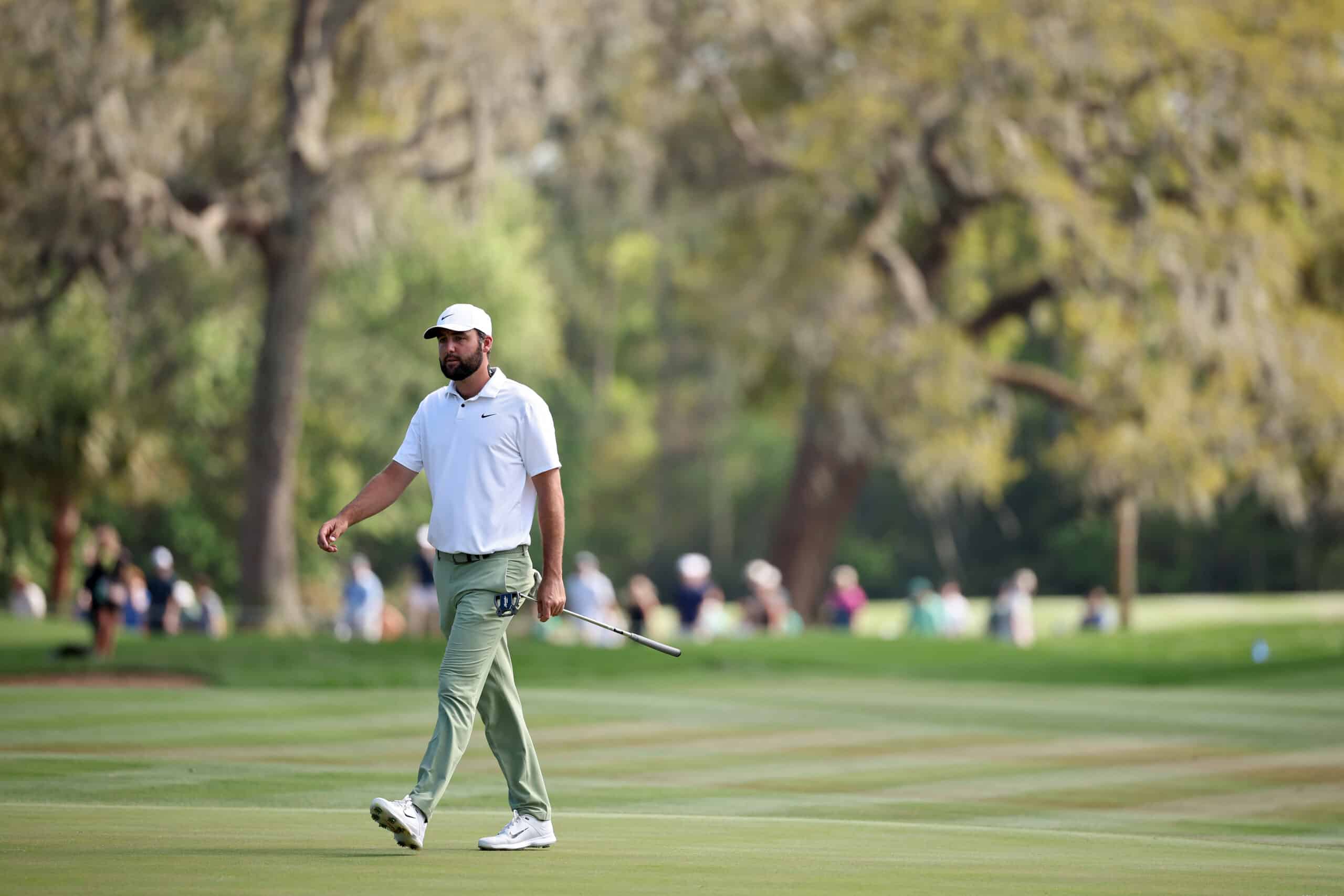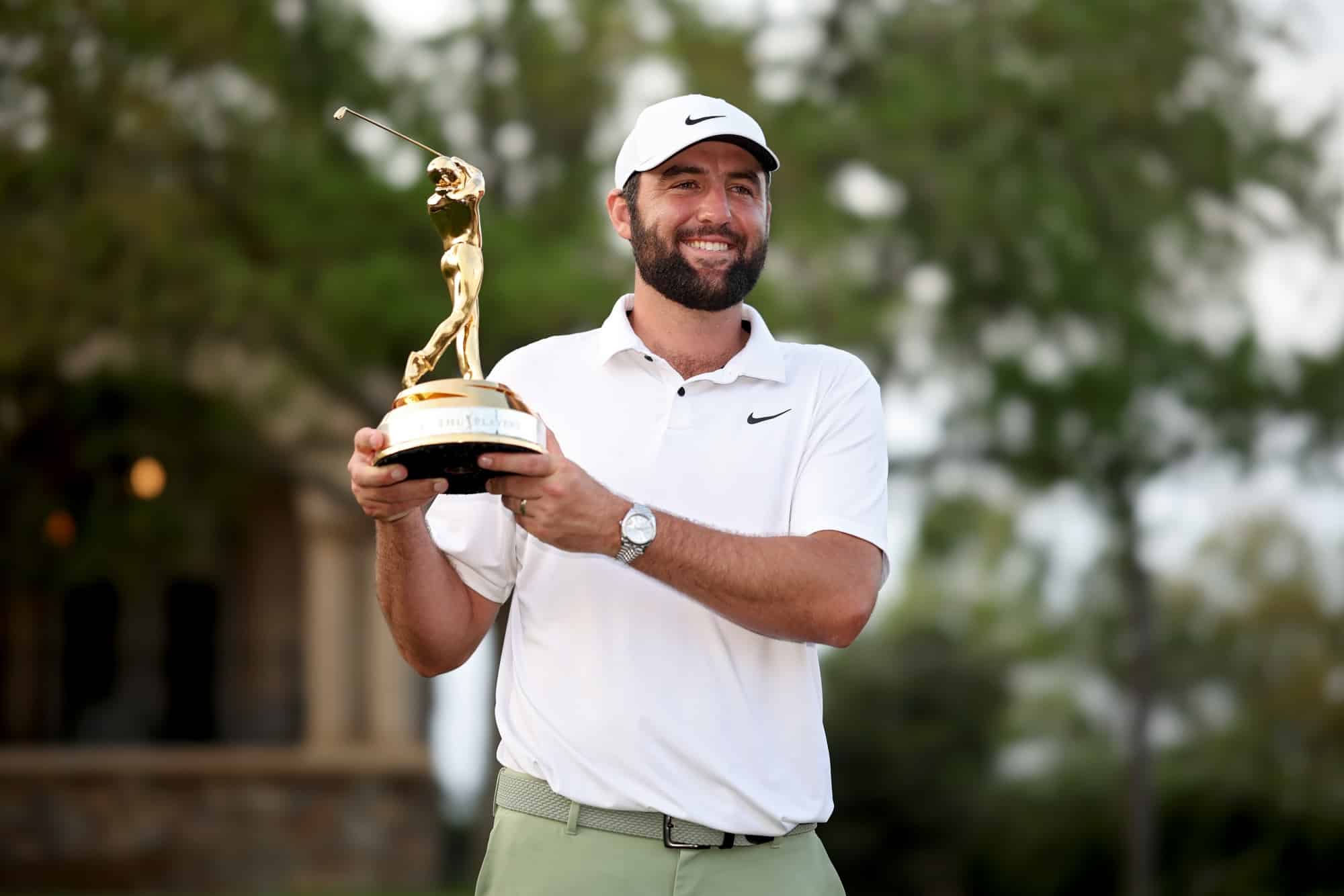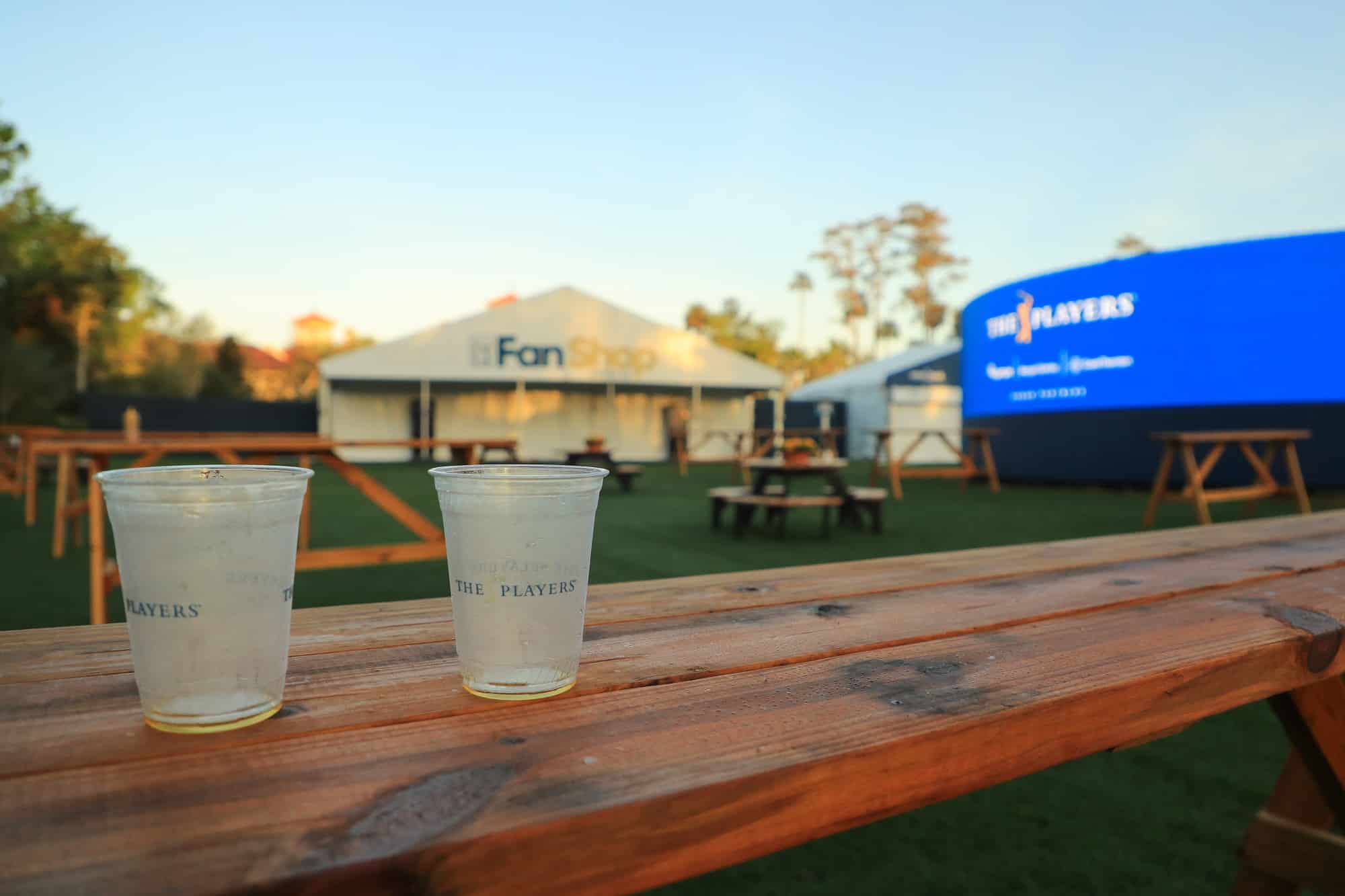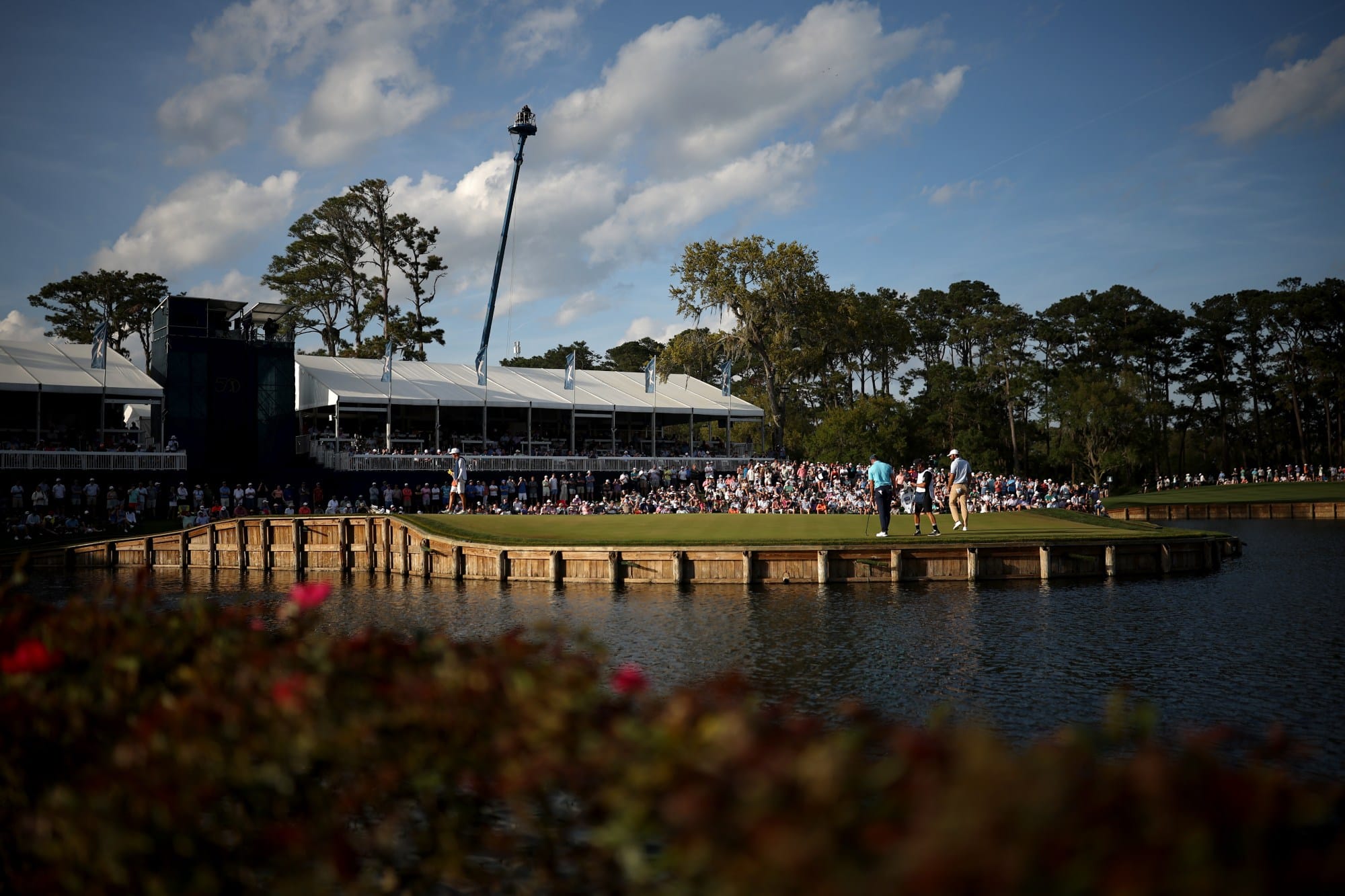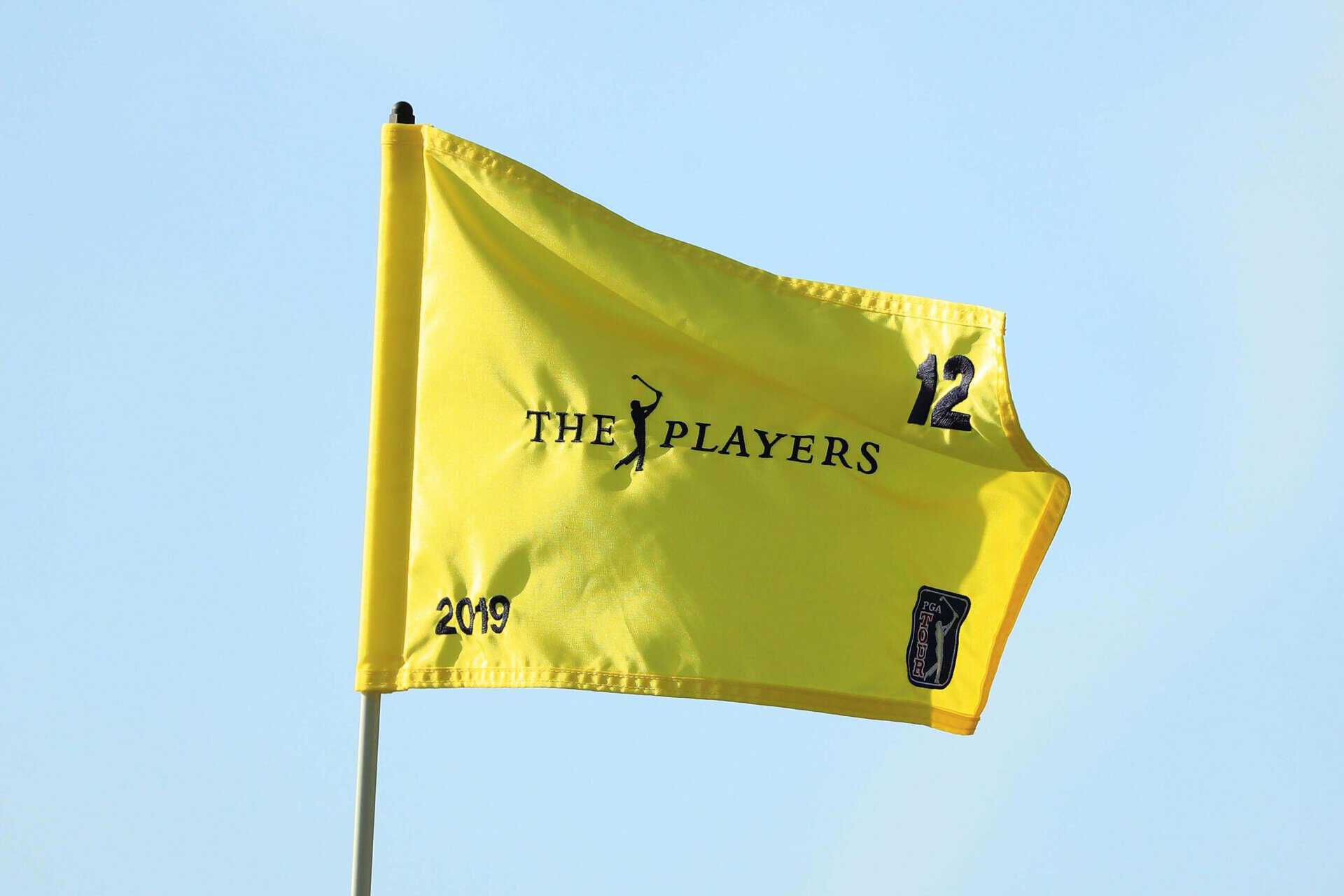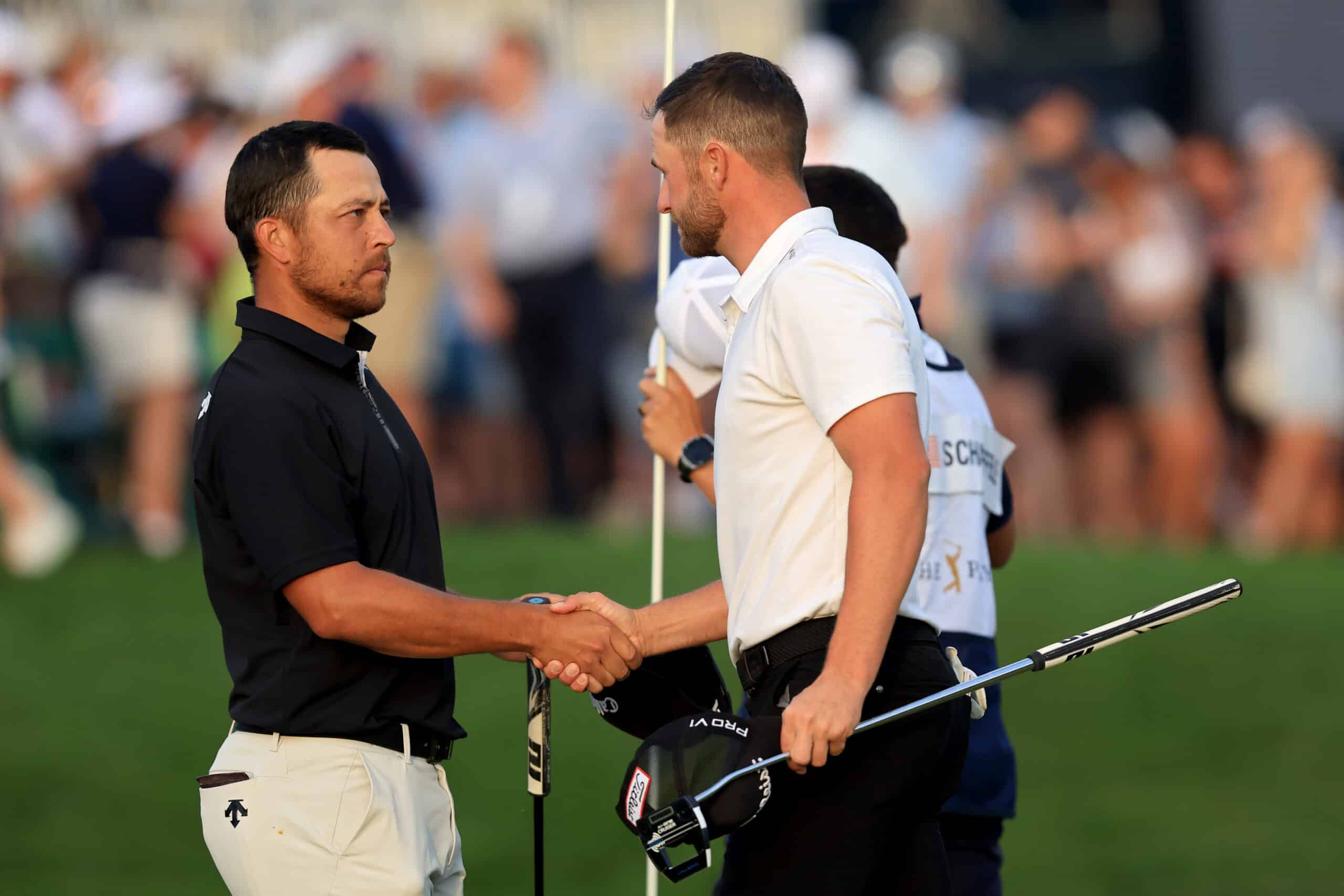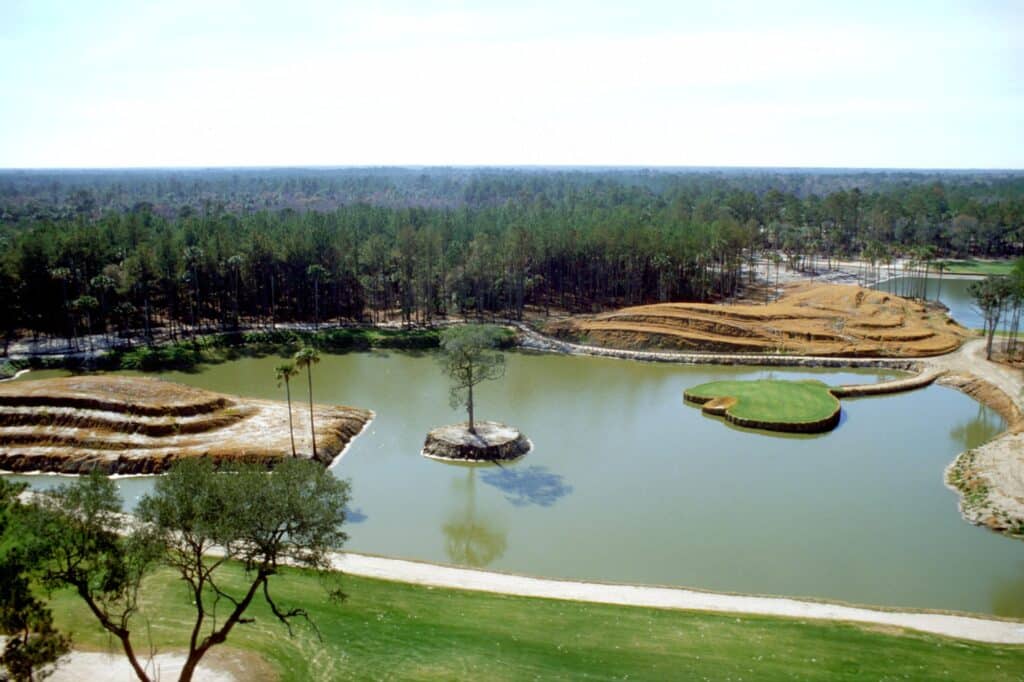
Rattlesnakes and accidental island greens: The fascinating tale of how Sawgrass was built
Vernon Kelly was project manager during the construction of TPC Sawgrass. He relives the story of its creation
Today it looks like it was never meant to be anything other than a golf course. The construction of TPC Sawgrass, though, revealed a very different story.
The Ponte Vedra Beach complex, which serves as the headquarters of the PGA Tour, was the dream of then commissioner Deane Beman and the now famous Stadium Course was the brainchild of architect Pete Dye.
Vernon Kelly was project manager and oversaw the building of the course between 1978 and 1981.
Now, there’s immense pride at what was achieved and how the layout, and The Players, has become an iconic part of the golfing landscape.
But it was a labour of love and, at various points – whether it was the “murderous” clearing of land or the face-offs with wildlife – those involved wondered if it might come to completion.
Speaking to NCG, Kelly remembered the origins of the course, its construction and how one of the most iconic holes in golf came into being…
The story of TPC Sawgrass
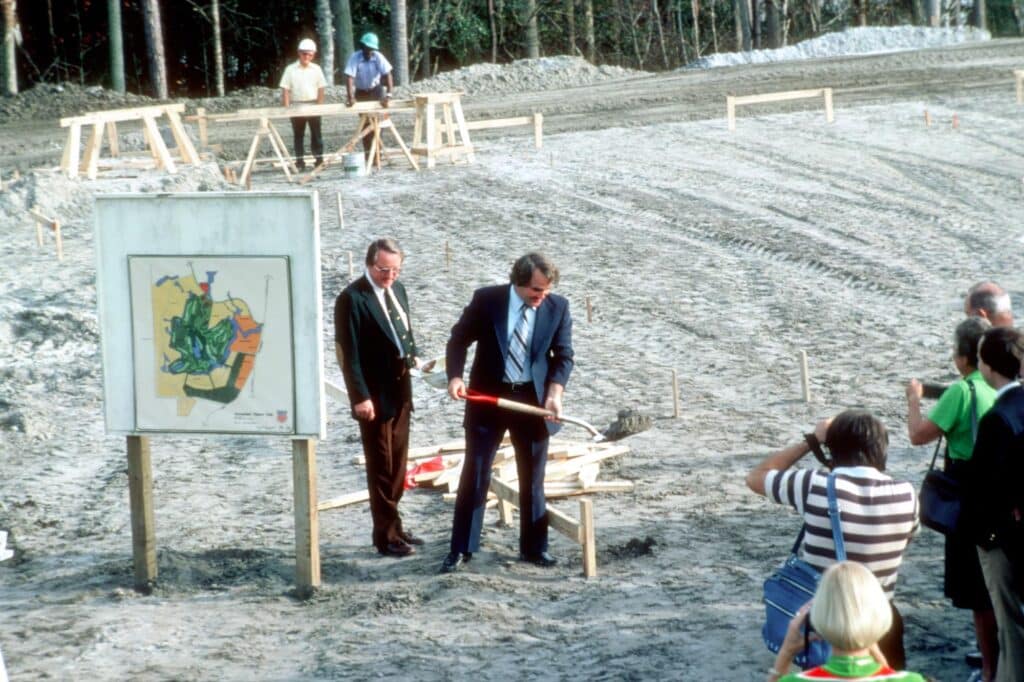
The Players Championship was born in 1974 and initially rotated around venues until Beman brought it to Sawgrass Country Club in 1977.
The commissioner was set on the location close to the Atlantic Ocean and, after failing to agree terms with his hosts, he identified a site across the highway and determined to build his own course. He’d had plenty of locations to consider and this one, as Kelly remembers, came with an immediate issue…
The property had a great location and beautiful tree cover. What it didn’t have going for it was a lot of uplands.
People called it a swamp. It wasn’t a swamp. They had built a highway and that new highway blocked the natural drainage.
So this land accumulated a lot of water. You could see it was not naturally a low area because it had uplands and a variety of trees.
It was it was under, in a lot of cases, a foot of water. In other cases it might have been dry – but the water was just below the surface.
The first thing that had to happen was to drain the land and that was a monumental undertaking.
Fortunately Deane hired Pete Dye. Pete wasn’t an engineer. He called himself a barnyard engineer, but he really knew about drainage and how to reclaim land. He was years ahead of his time in that regard.
The land had the potential from the beginning but it took a rare person to recognise that. Deane recognised it, and then he brought in an architect who was smart enough to preserve that.
The deal to buy the land at TPC Sawgrass is legendary, with Beman paying just a dollar for 417 acres. But although many thought the sale was outrageous, Kelly considered it was a shrewd move from the Fletchers, who owned it…
It was a steal as far as Deane was concerned. To buy it for a dollar was a testament to his dealmaking ability.
The Fletchers realised they could never afford to build the kind of golf course the Tour was going to build.
They certainly couldn’t stage an event equivalent to The Players Championship
In every case when a developer develops a major project the only reason he builds a golf course is to create value for the surrounding real estate. He does it in two ways.
He does it with memberships and social activities from residents who live there who don’t have homes on the golf course.
He does it with the frontage value of the homes that are on the golf course. The golf course itself really has no value to him in most cases.
He ends up losing money on the golf course but makes money on the surrounding real estate.
Well this situation was a supercharged golf course that the Fletchers didn’t have to build – did not put a put a nickel into. They just put the land in.
Now the land had value, no question, but the value they got back more than compensated them for what they put in.
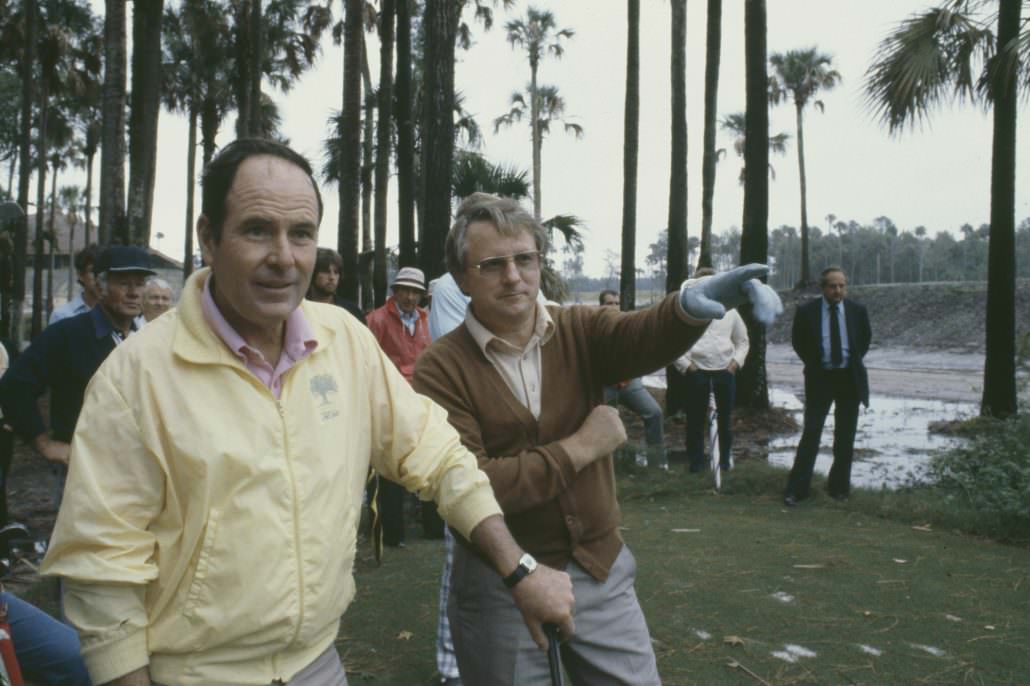
One of the treats for Kelly was working with Pete and Alice Dye, who designed TPC Sawgrass. Wary of Dye’s reputation, he was initially apprehensive but that soon melted away.
And what he discovered was a couple of both great talent and kindness…
I had heard all these rumours about Pete Dye and how he was unmanageable, how he was a genius but didn’t like project managers.
I heard that he hated budgets – that he was somebody where once his creative juices started flowing so did the cheques.
So I was going to have an impossible job. But there was never a cross word with Pete Dye. Of all the name architects I worked with, and I was fortunate enough to work with all of them, Pete Dye was, frankly, the easiest.
Pete and Alice were wonderful people. It wasn’t just their talent.
They would do projects where there would be a labourer – some kid that was working in a menial job on the golf course and didn’t have any money.
His family didn’t have any money. He just loved golf. Pete would notice him or Alice would notice him.
Lo and behold he’d end up living in their house while they finished the golf course. Then they’d send him to school on a scholarship.
Nobody would ever know about it because it was all done anonymously. That happened numerous times.
That’s the kind of people they were. In terms of their talent, Pete was going through the railroad tie phase back then and we had a lot of railroad ties out there.
You had to do something to add drama to a flat piece of land. Pete created these different elevation changes and then the railroad ties maintain those artificial elevation changes.
Clearing the way for the course at TPC Sawgrass and constructing it was not easy work. Aside from the oppressive heat, Kelly and his team found the land to be home to all kinds of wildlife…
I’ll tell you a funny story. Pete would come to the golf course almost every week and we would walk the work that had been done.
This was early in the process and the surveyors had done these cut lines with machetes and they were only wide enough that you could walk through them.
The underbrush was so thick out there that, in order to walk off the path, you had to have a machete yourself and cut through the palmetto forest.
Palmetto isn’t that high but it is very thick and that’s a wonderful habitat for rattlesnakes – because they can move freely under the fronds. You can’t see them because the fronds are over them.
We were walking along and we’d been out all day looking at things.
I was in front, Dave (Postlethwait – construction superintendent) was behind me and Pete was at the back of the line. Pete was saying, ‘You boys, you’re just weaklings.’
He said, ‘Here you are dragging along after just seven hours out there.’
It was probably 100 degrees and the mosquitos were so thick they could carry you away.
He said, ‘This is the way I do business. When I get on a golf course I walk the land. I walk the land every week. And I study what’s been done and I change it if it has not been done to my satisfaction. So you boys better get used to this. Toughen up. I’m not like some of these other golf course architects that come out for the groundbreaking and then they look at a set of aerial drawings and the photographs and then they come back at the at the grand opening.’
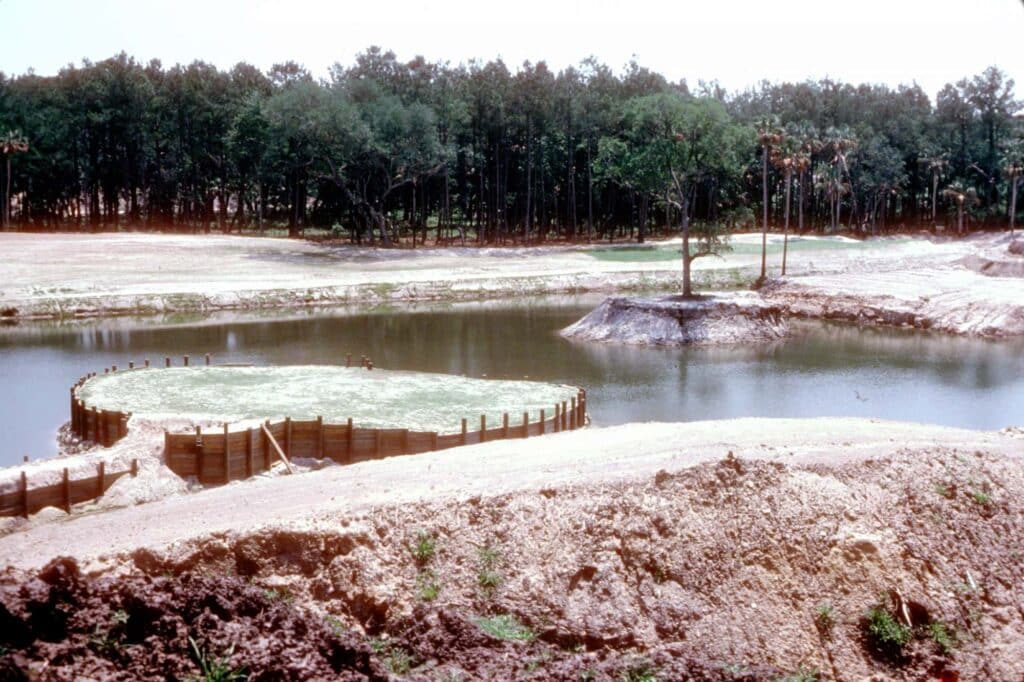
He said, ‘I’ll be out here every week. So we all better get used to this.’
About that time I saw something on the ground that was just different to everything else. It was a little different pattern. It was a rattlesnake. I didn’t see it directly – just got a sense of it. I almost stepped on it. I backed up real quick and I hit David and David backed up and hit Pete.
I said, ‘Oh my God, look out there’s a rattlesnake.’ This was big. He stretched from one end of the palmetto cut line to the other. He was moving across the opening.
He woke up and crawled up in the middle of the path. He’s rattling like crazy and we’ve backed off.
Normally we would have had a machete or a Pusher, which is like a small hatchet, and we could have killed him or at least shooed him off.
We didn’t have anything. We were just walking along empty handed. There weren’t any sticks or anything big in the palmetto.
So we’re taking clumps of dirt and throwing them at him – annoying him more than anything else.
So after five minutes, but it seemed longer, this snake finally goes off into the bushes. You heard him rattling as he went away.
We’re walking along, everybody’s on alert, and Pete said, ‘Me and these other architects we’re just alike. You boys will see me at the grand opening. I’m not coming back to this place again.’ But, of course, he was back the next week.
We thought rattlesnakes were good snakes. Rattlesnakes were good because they tried to warn you. They didn’t really want to have anything to do with you.
You got in trouble when you’re walking through palmetto and you’re making a lot of noise and you can’t hear them. You can’t see them and – bam! – before you know it you were hit.
We only had one person get bit. It wasn’t a rattlesnake, it was a moccasin and moccasins are bad snakes. They’ll attack you and they’ll lie in wait for you.
It’s almost like they are plotting against you. I’d always heard that a moccasin won’t strike under water. But that’s not true because this guy was a surveyor and he was walking through a ditch.
The moccasin struck him in the thigh. Fortunately, you normally don’t die from a moccasin bite. You get sick and we were able to get him to the hospital and he didn’t do too badly at all – relatively speaking.
But a rattlesnake will kill you.
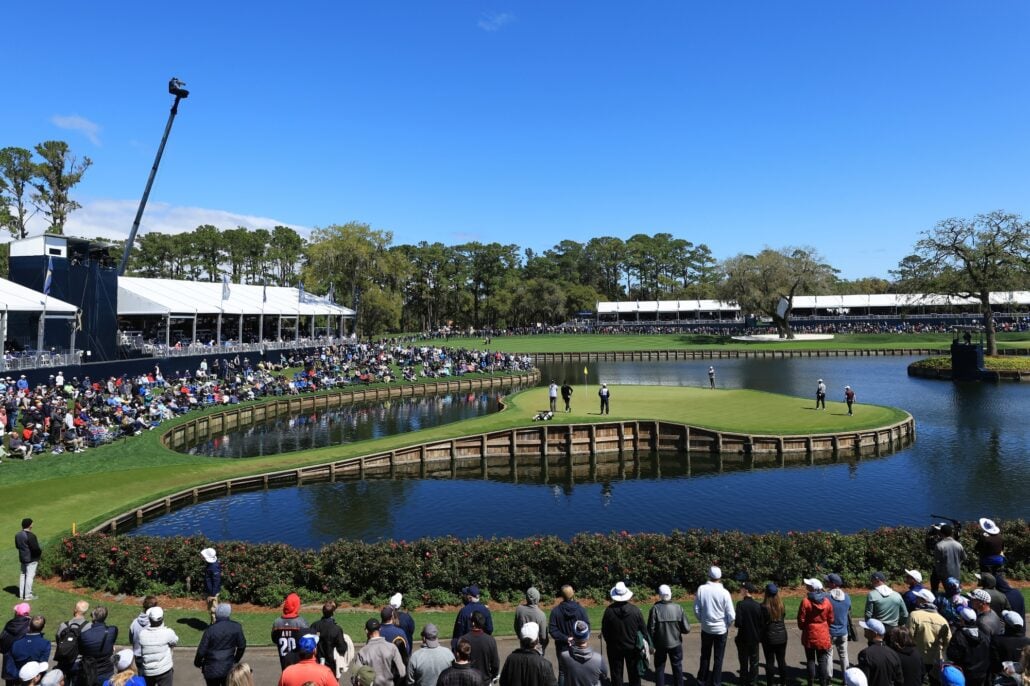
The 17th has become TPC Sawgrass’s signature and one of the most iconic holes in the world. But the ‘Island green’ came about by accident and was suggested to Pete Dye by Alice as a way of solving a big hole in the ground…
We really didn’t have any choice. This whole golf course was built for somewhere between seven and 10 million dollars.
We didn’t have a lot of money. We didn’t have the money to buy sand. So when you see lakes on the golf course it’s because that’s where the sand was.
There just happened to be a lot of sand right where 17 is. Originally 17 was supposed to be a par 3 hole that ran alongside a relatively small lake.
But that lake just kept getting bigger and bigger as we needed more sand.
So there was no choice. It was either have a 17-hole golf course or an island green. I don’t think Deane or Pete or Alice or anybody thought the 17th hole would be as challenging to the pros as it turned out to be because it’s relatively short.
It’s windy and it’s intimidating visually. We knew it would be intimidating to the amateurs. But at the place where it occurs in the tournament, it’s visually intimidating to everybody.
It’s turned out to be one of the most famous holes in the world.
I was in Japan shortly after the second or third tournament (at Sawgrass) and all the people I was dealing with wanted to talk about was the 17th hole.
With 16, 17 and 18, what Deane told Pete was, ‘I want three finishing holes where if someone is leading and play safe, and someone is trailing and plays aggressively and well, they can capture the tournament. I want a great finish. But if they play aggressively and make a mistake, they can blow up.’
That’s what happens.
It was a trial throughout the TPC Sawgrass project, but one Kelly looks back upon with a great deal of pride…
It’s great to be a part of this golf course. It really is. I never thought it would achieve the status it has.
Building a golf course is so difficult compared to a building or structure. With a structure, when you put the roof on it’s dried in – that’s the term – and once it’s dried in you go in and work inside and you don’t have to worry about the weather anymore.
With a golf course, it’s spread over hundreds of acres. A normal golf course is maybe 125 acres. This was almost 300.
At the point you’d be dried in through the construction process – in other words you’d spent almost all the money you’re allowed to spend and everything’s nearly finished – that’s when you’re the most exposed to the weather and invariably that’s when you get a hundred year storm.
We had two hundred year storms and a hurricane when we were building this golf course.
It reached a point where I remember asking Pete one day, ‘Do you think we’ll ever get through with this thing?’
He said, ‘This is the way it always is. You just keep putting one foot ahead of the other and put your head down and keep going. One day you’ll find out you’re finished.’
That’s exactly how it happened, although I look back now at the pictures of the grand opening and it’s frightening how unfinished it was.
We thought we were done. I guess we were compared to where we started but the tour has continued to refine this golf course, change this golf course, and it’ll never be finished. It will always be improved.
I’m really proud of the way this course has stood up to the improvements in equipment. Now courses are being built significantly longer than this one and yet this one is still challenging.
It has been lengthened a little bit but not nearly as much as some of the new courses. Yet it still presents a great challenge.
Now have your say
What do you think of TPC Sawgrass? Have you played the course and how did you get on at the 17th hole? Let me know by leaving a comment on X.
Steve Carroll

A journalist for 25 years, Steve has been immersed in club golf for almost as long. A former club captain, he has passed the Level 3 Rules of Golf exam with distinction having attended the R&A's prestigious Tournament Administrators and Referees Seminar.
Steve has officiated at a host of high-profile tournaments, including Open Regional Qualifying, PGA Fourball Championship, English Men's Senior Amateur, and the North of England Amateur Championship. In 2023, he made his international debut as part of the team that refereed England vs Switzerland U16 girls.
A part of NCG's Top 100s panel, Steve has a particular love of links golf and is frantically trying to restore his single-figure handicap. He currently floats at around 11.
Steve plays at Close House, in Newcastle, and York GC, where he is a member of the club's matches and competitions committee and referees the annual 36-hole scratch York Rose Bowl.
Having studied history at Newcastle University, he became a journalist having passed his NTCJ exams at Darlington College of Technology.
What's in Steve's bag: TaylorMade Stealth 2 driver, 3-wood, and hybrids; TaylorMade Stealth 2 irons; TaylorMade Hi-Toe, Ping ChipR, Sik Putter.


